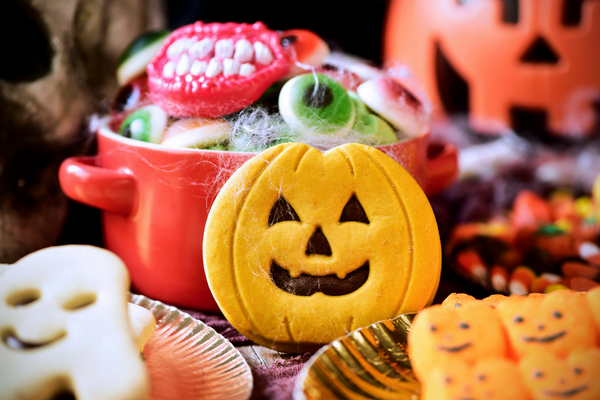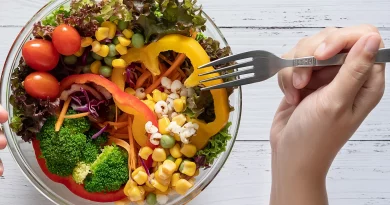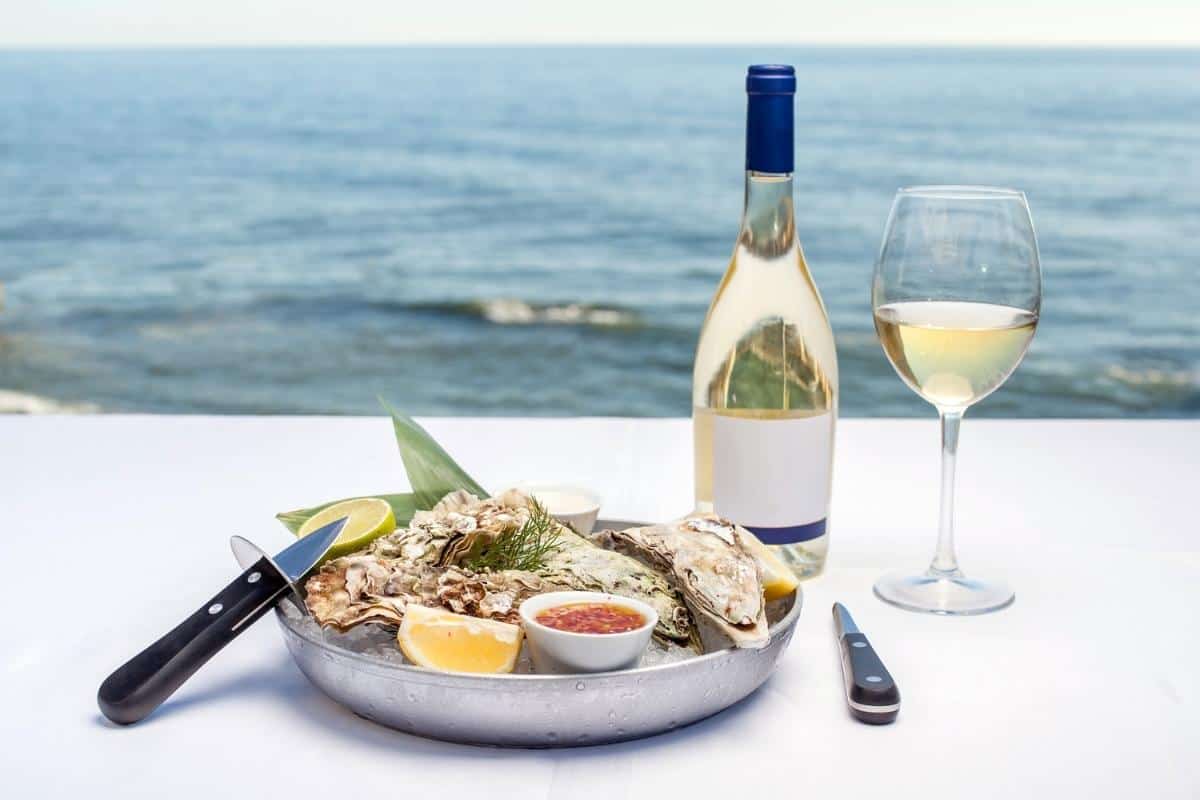The Scary Amount of Sugar in Halloween Sweets
It is the spookiest time of the year with many of us celebrating Halloween around the world. We may choose to get dressed up in scary costumes or use the opportunity to impersonate a famous person. Our houses may be transformed by jack o’lanterns, spider webs, skeletons or other ghoulish decor. Some people choose to attend halloween parties whereas others prefer to stay in with some treats and a horror movie. Whichever way we choose to get into the spirit of Halloween, it can’t be denied that indulging in sugary treats is often at the heart of all festivities.
Trick or Treat is an exciting Halloween pastime enjoyed by many children and their families. Participants call on various doors in their neighbourhood, asking for sweet treats or risk having a “trick” played on them. Whether you’re part of the sugar hunt or simply a generous benefactor stocking up on sweets for unexpected visitors, it’s very likely that your sugar consumption increases at this time of year.
It’s not just the costumes and decorations that are scary at Halloween, wait until you find out how much sugar we actually consume!
How much do we spend on Halloween food?
Researchers are estimating that the UK will spend up to £687 million on Halloween in 2022 with 80% of that estimate being spent on Halloween sweets for Trick or Treaters.
Statistics from last year show that the average person spent £18.6 on Halloween sweets with Haribo sweets contributing to 46.8% while Snickers were the most popular treat for Trick or Treating.
How much sugar is in the sweets?
Since sugar quantity in sweets are measured in grams, if we were to replace them with teaspoons or use teaspoons to visualise the amount of sugar, it would provide us a better understanding of how much sugar is actually in these sweets.
Let’s take a look at how much sugar is in some of the UK’s most popular sweets.
- Snickers regular bar – 7.9 tablespoons of sugar
- 1 tube of Fruit pastilles – 3 tablespoons of sugar
- 1 tube of Smarties – 2 ½ tablespoons of sugar
- Mars regular bar – 6 tablespoons of sugar
- 1 packet of Maltesers – 4 tablespoons of sugar
These are just some of the popular sweets from the UK. Some of the sweets contain more than a child’s daily sugar allowance. Research has shown that sugar is a factor in contributing to childhood obesity and this excess is brought about through unhealthy, sugary snacks and sweetened drinks.
The Hellenic National Nutrition and Health Survey conducted a study which found that a significant proportion of children (18.7%) and adolescents (24.5%) exceeded the recommended cut-off of 10% of total energy intake from added sugars. Sweets (29.8%) and processed/refined grains and cereals (19.1%) were the main contributors to the sugar intake.
How sugar impacts our health
There are many foods which contain natural sugars packed with nutrients however, when it comes to sweets, they typically contain added sugars. The FDA (Food and Drug Administration) has said that most Americans exceed their daily sugar recommendation. A 2020 study conducted in the UK showed that Brits consumed almost 3 million tonnes of sugar within the year which when equally shared over the UK population showed that the UK exceeded the daily sugar allowance by 30g per day.
Added sugars are used to increase a food’s sell by date and improve flavour, sweetness etc. However, this added sugar has a negative impact on our health.
Sugars are added to foods in order to increase their sell by date, improve flavour, sweetness etc. However, this added sugar has a negative impact on our health.
Eating too much sugar can lead to an excess of calories being consumed which in turn causes weight gain and eventually, obesity. Obesity can bring with it a host of weight-related medical conditions such as Type 2 Diabetes, heart disease, high blood pressure and even some cancers.
A sugary diet is also very damaging to our teeth, leading to cavities and tooth decay. This is because the sugar interacts with the existing bacteria in your mouth. This interaction forms an acid which leads to deterioration of tooth health.
Healthy forms of sugar
There are other foods out there to satisfy your sweet tooth. For example, fruits contain natural sugars which are contained within the structure of the fruit. These are delicious and fresh options to consume over added sugar items such as sweets, cakes and biscuits.
However, the sugars in fruits are only healthy when kept within the structure. Once you start to blend the fruits into a juice or a smoothie, it releases those natural sugars which act like added sugar and can damage your teeth. You would also be missing out on the fibre from the fruit which can keep you full for longer.
Fruit juices often contain added sugar and preservatives so on the whole, it is healthier to eat whole fruits instead of juicing them.
If you prefer or need to drink fruit juices or smoothies as part of a balanced diet, limit your daily amount to 150ml per day and drink the liquids with meals to reduce the risk of tooth decay.
Simplyweight’s Specialist Online Weight Loss Plan has been designed to bring decades of clinical experience to people at an affordable price. To learn more, start your 7-day free trial today: https://app.simplyweight.co.uk/subscribe/free-trial
Zain Ali
Junior Digital Marketing Executive, Simplyweight



